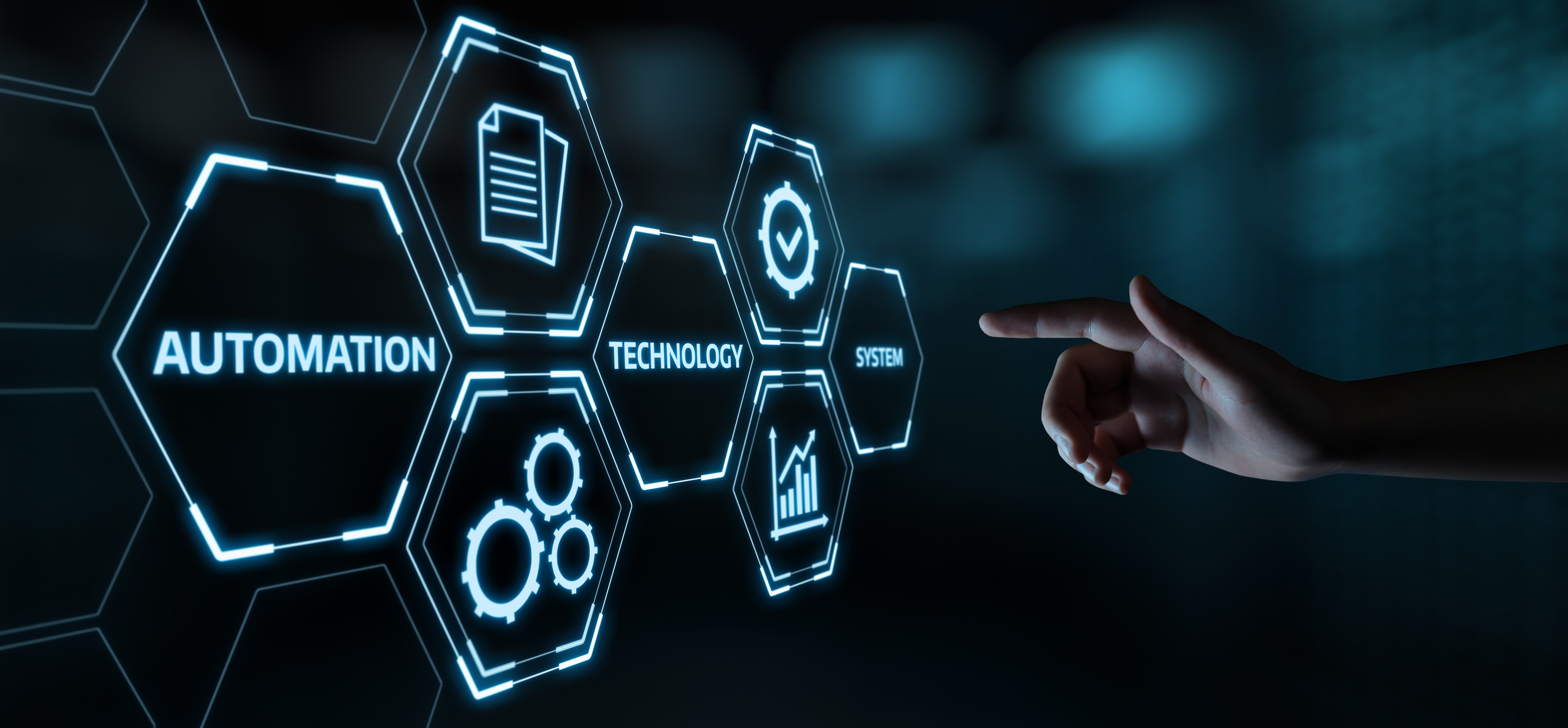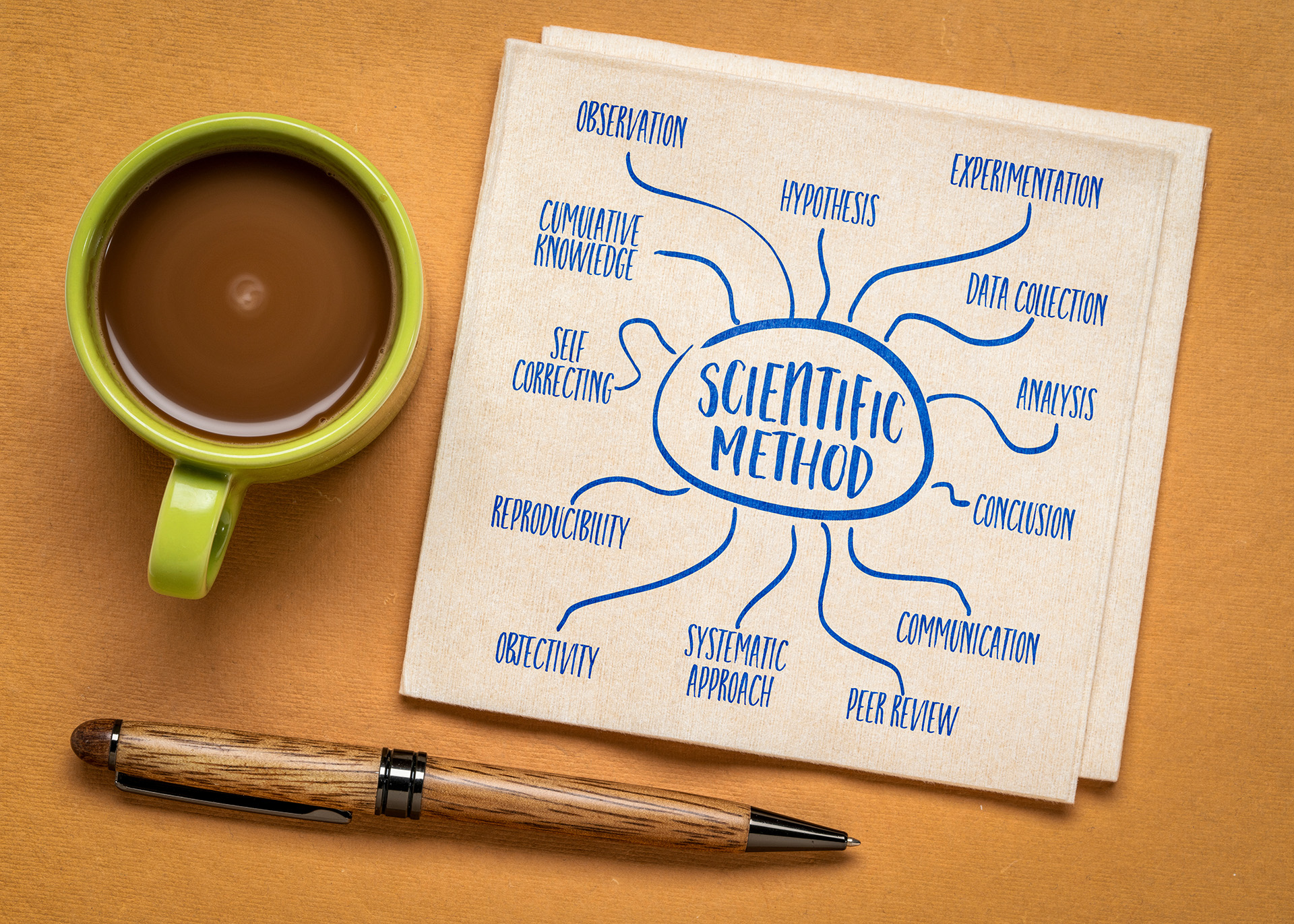Not all automation is equal

Automation doesn’t really need an introduction. It’s a fundamental concept that many industries and markets have already embraced since it offers, at the bare minimum, reduction in costs, increase in speed, reproducibility of results and upskilling of personnel.
What varies greatly however, is the perception of what automation is or should be. In the chemical industry in particular, an industry that self refers to as “a dinosaur industry”, automation tends to refer to streamlining action tasks rather than full processes. And this really matters.
For example, having automated stirring or heating/cooling is considered automation by many, even though the chemist still has to spend time setting up the reaction and carrying out reaction activities, such as additions, manually. And then executing all of isolation and purification, also manually.
Peptide synthesis is another popular example that is considered automated, even though chemists still have to spend 2-3 hours setting up these systems (preparing solutions etc) and 1-2 days carrying out purification manually.
Another popular, task specific, automation is column chromatography, which does as it promises, your column purification (which is great because every chemist hates doing this manually!), but the chemist still has to spend their time carrying out the reaction and isolation manually before getting to the column purification.
But is this just semantics? Even though these systems only automate tasks or parts of the process, isn’t this a form of automation anyway? Well, it does matter and here’s why.
Automation is meant to decrease costs and increase speed. Automating only one task out of the process can momentarily alter costs and speed, but not significantly. You wouldn’t review your business finances because you bought an automated column system.
Their impact is not significant enough to create change on an organisational level, like in revenue and profit margins. Furthermore, automating tasks only, doesn’t guarantee reproducibility or upskilling of personnel, which are two factors that can also fundamentally alter business operations.
Automating processes (instead of tasks) however, can completely transform a business and it’s operations. From finances to technical benefits, if used properly, the impact is profound.
In chemistry, true automation should be, end-to-end process automation, including recipe writing, setup, synthesis, isolation, purification, even data collection, cleaning and writeup. This type of automation moves beyond single tasks and focuses on an entire process making it cheaper, but even more importantly, making the data more reliable while giving projects defined timelines. Of course it also offers a massive boost in speed while upskilling chemists to more impactful and intellectual work, but it also promises accumulative effects, scientifically and businesswise.
Carrying out some tasks manually and others automated, makes the data unreliable and impossible to standardise while also not ensuring reproducibility.
For example, if a chemist carries out the synthesis of a reaction in an automated fashion (e.g. heating/cooling, additions, stirring etc), the out comes can still vary greatly in quality if the isolation and purification are executed manually. Manual labour errors, differences in skill and knowledge (see our previous post on reproducibility) and even environmental factors (room temperature today is different than yesterday, moisture and light content vary etc) can make automation of a single task unimpactful. Every single task that is connectively automated increases the benefits of automation exponentially until an entire process is fully automated end-to-end.
Unfortunately, full end-to-end process automation is rare in the chemical industry but can be found in some high throughput screening systems, flow systems and some cartridge systems. Of course, also CheMastery’s system.
All of these systems can impact your operations and business significantly if used correctly and some of them can be combined for even further accumulative effects. Which is best to choose highly depends on your KPIs, purpose of automation and even which part of the chemical lifecycle you wish to automate. We will explore which system is best for which application in another post, or contact us for a free consultation.
If you want to see what CheMastery’s end-to-end automation looks like for your business, contact us for our free Profit & Loss calculator.
Other articles

The Knowledge Bottleneck in Chemistry: Why Sharing Skills Is So Hard - And What We Can Do About It

A Letter to Chemistry

The Value Proposition of Automation




